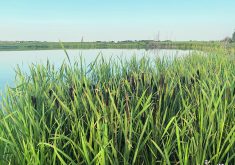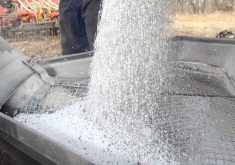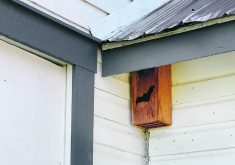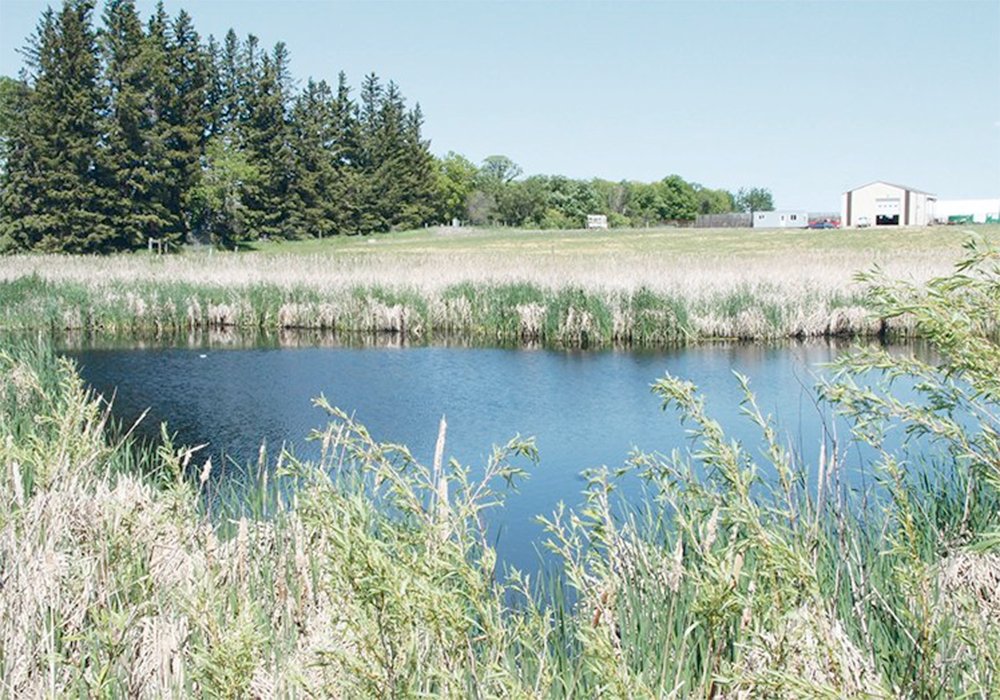Province imposed restrictions in 2013-14, requiring independent agronomists to write ‘prescriptions’ for neonic use
Ontario farmers are frustrated that they haven’t been given enough of a chance to prove they can safely use neonicotinoids.
They think the best management practices adopted a few years ago have eliminated most of the threat from former application methods for the crucial insecticides.
“We dealt with that,” said Barry Senft, chief executive officer of Grain Farmers of Ontario.
“A farmer’s approach is you use best management practices and things can be under control.”
Ontario imposed restrictions on neonic use after honeybee deaths in 2013-14. Farmers were required to have independent agronomists write “prescriptions” for use of the chemicals.
Read Also

Farming Smarter receives financial boost from Alberta government for potato research
Farming Smarter near Lethbridge got a boost to its research equipment, thanks to the Alberta government’s increase in funding for research associations.
Farmers also changed how they operated their planters to limit dust during seeding. Because the bee deaths were generally accepted to be a product of particular and unusual weather factors in 2012 and 2013, which created much more dust than usual, farmers hoped that minimizing the dust would eliminate future problems.
Since then, beekeepers in Ontario have not faced the same losses and in Western Canada there is little evidence of neonic-related bee death.
However, the federal ban, proposed by Health Canada’s Pest Management Regulatory Agency, has nothing to do with bees, but instead recommends banning clothianidin and thiamethoxam in order to protect aquatic insects, such as midges and mayflies.
The PMRA believes neonic residues in water might hurt these insects, which form an important part of the natural food chain. It is unclear whether PMRA has demonstrated that midge and mayfly numbers are declining or that neonics are in fact hurting them.
Senft said Ontario farmers rely on neonics to give them focused control against pests on corn and soybean crops. Corn growers are able to use another chemistry, a Group 28 non-neonic, but it is not likely to be as effective in isolation. The manufacturer developed it to work in a combination with neonics.
“Their whole intent was to create a cocktail of a neonic and this chemistry,” said Senft.
For soybeans, there is currently no alternative.
PMRA is assuming alternatives will quickly appear, allowing its proposed three-to-five-year bans to occur without disrupting farming too much.
Senft said Ontario farmers are frustrated because neonics have allowed them to control crop pests without having to kill insects indiscriminately. They have been part of the development of more precise farming, in which fewer impacts are made on the environment.
“This was a real step forward for the co-existence of the environment (and farming,)” said Senft.
Farmers are hoping the PMRA’s comment period allows them to provide the agency with enough information and understanding to reconsider its blanket ban on neonics.
“What we want is to have that discussion with PMRA on how we can address their concerns … and maybe turn this thing around,” said Senft.


















